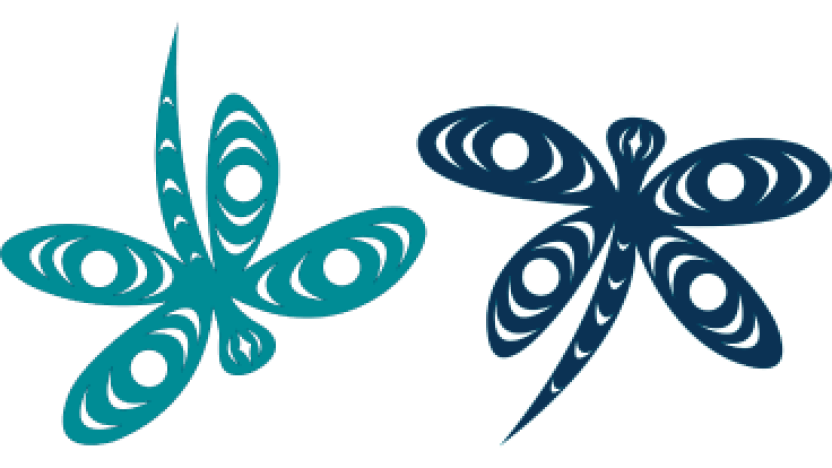Trucked Liquid Waste Service
Some types of liquid waste contain high levels of contaminants or pose risks to public health and the environment. These prohibited wastes [PDF/464KB] cannot be legally discharged into the sanitary sewer or stormwater system. Instead, they are classified as trucked liquid waste [PDF/316KB] and must be collected and transported by a certified hauler to an approved treatment or disposal facility.
The Capital Regional District (CRD) regulates the discharge of certain liquid wastes, such as septage, under a Septage Services Agreement outlined in Bylaw No. 2827 [PDF/181KB].
Catch Basins
What is a catch basin?
Catch basins are underground chambers with grates that collect stormwater. They are commonly found in parking lots and streets. In addition to rainwater, they can also collect litter, car fluids (oils, gas, antifreeze, etc.), metals, sediments, leaves, sand, grit and/or soil.
Catch basins help reduce pollution by allowing solids to settle at the bottom while lighter materials float. These units drain into stormwater systems that flow into nearby streams, wetlands, or the ocean.
Catch Basin Maintenance
Proper maintenance of catch basins is essential to keeping pollution out of our waterways, beaches, and shorelines. With climate change bringing heavier rainfall in the winter, regular cleaning is even more important to prevent flooding, property damage, and environmental harm.

